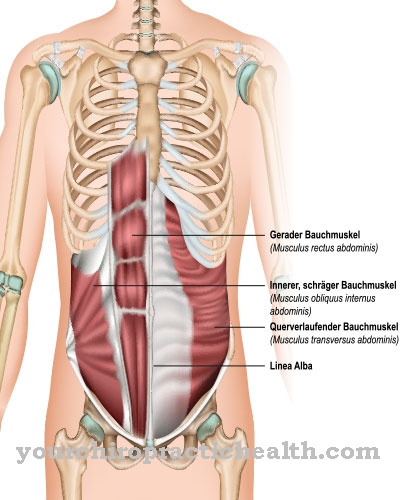Young people who break away from their parents' home and move into society as independent members find themselves in constant conflict with their new surroundings. In the struggle for this independence, they reject instruction to the same extent as they emulate role models. Often they orientate themselves on those characteristics that appear to them as a special expression of adulthood and as a privilege of adults. But since their environment itself is not without faults and their own judgment is not always sufficiently developed, they make many a mistake. This also applies to the question of alcohol consumption.
Alcohol - danger to development

Severe liver damage, fatty liver, and alcoholic hepatitis (inflammation of the liver) or cirrhosis of the liver are the dangerous diseases that can be associated with alcohol addiction.
The number of young people for whom drinking alcohol has become a more or less constant need is alarmingly large and is constantly increasing. Many of them drink alcohol in the belief that they are very adult. One cannot blame the youth for this fallacy. Rather, it arises from the incorrect behavior of adults in their environment. One can experience that children who are not yet of school age receive their “Kinderschnaps” at family celebrations.
In many parental homes, children can snack in wine and liqueur glasses without warning or punishment. The bad habit is also widespread that young people are allowed to toast in public with their father and other family members at their graduation party after school, confirmation or youth consecration. This misorientation continues in many teaching and training companies and especially in dubious circles of friends. Intrusive promotions and displays of alcoholic beverages, the infinite number of pubs, unsuitable places of entertainment and the bad role models of adults are also part of the environment of adolescent youth and exert their unfavorable influence.
So it is no wonder when one notes with concern that the consumption of alcohol is shifting more and more into the younger years. The main concern arises from the fact that what is adopted at a young age can easily become a habit, and alcohol consumption is particularly harmful at a young age.
A few billion euros are spent every year in Germany alone on the purchase of alcoholic beverages. What is the cause of this huge consumption of alcoholic beverages? (It is not the place here to talk about the value of alcohol as a food and its use in medicine. Both are, by the way, vastly overestimated.) Alcohol is enjoyed because it creates a pleasant, light mood. Everyday worries and burdens no longer weigh under the effects of alcohol.
Effect of alcohol
How does this effect of alcohol come about? In the human cerebral cortex there is a constant interplay between excitement and inhibition. These processes of excitation and inhibition reflect the experiences that humans gain in their development and ultimately create the balance between humans and their surroundings that is necessary to maintain existence. Circumstances that disrupt these processes also disrupt the balance between people and their surroundings.
If alcohol is not consumed in such large quantities that there is general paralysis of the functions of the central nervous system, the alcohol paralysis has a very specific effect on the inhibitory functions of the central nervous system. Prudence, judgment, self-control, etc. are lost under the action of alcohol. This results in the increased urge to move and talk, the overestimation of oneself and the increased need for recognition, the unmotivated laugh and cry of the intoxicated. As different as the individual behavior of the intoxicated may be, one thing is always common: In drunkenness, the world of being, of reality, is exchanged for the world of appearances, of illusion.
The effects of large amounts of alcohol lead to incorrect assessments and incorrect reactions, the consequences of which are generally so well known that they do not need to be detailed here. But the consequences must be all the more drastic, the fewer such experiences, e.g. Prudence, judgment and self-control have already become fixed character traits, the less the personality is developed. Indeed, it has also been shown that when adolescents are drunk, they are generally much more uncontrolled than adults, and accordingly the consequences are more serious.
In addition, adolescents have much more to bear with the consequences because they are only at the beginning of their development. Like many prostitutes, inconsiderate and insurmountable experiences under the influence of alcohol became the cause and the beginning of their slide. Alcohol destroys some lives before they even begin.
Alcohol abuse
In addition to these immediate and visible consequences, regular alcohol consumption in adolescents shows disturbances in the development of personality whose connection with alcohol consumption is not readily recognizable and which are therefore difficult to record statistically. The classification of young people as independent members of society does not take place without conflict. In this process the moral and social views, the judgment and the self-confidence of the young people develop.
Characteristics develop that are necessary for the creation of a determined and responsible life. To avoid a solution to the conflict by anesthetizing with alcohol and thus to take refuge in the world of deception instead of dealing with reality is a fatal temptation for young people. People who go such a path will not be able to cope with the difficulties and often very tough demands of life if they are not subject to them. Damage of this kind is to be assessed very seriously, since according to a number of well-known scientists the number of young people affected by them runs into the hundreds of thousands.
Alcohol Abuse Diseases
The changes in personality following chronic alcohol abuse can finally reach such degrees that those affected are no longer acceptable to their environment and have to be housed in institutions. Unfortunately, this is also increasingly affecting young people. In many cases, chronic alcohol consumption also leads to severe changes in the organs. Inflammation of the gastrointestinal tract, shrinkage of the liver, skin changes and more are common consequences of excessive alcohol abuse. Most of this damage is now attributed to vitamin deficiencies.
The vitamin deficiency occurs because the alcoholic largely covers his energy needs with alcohol and not, as necessary, with normal, vitamin-rich food. This vitamin deficiency sufficiently explains the fact that organic damage occurs more easily in adolescents than in adults when alcohol abuse occurs because the growing body has a high need for vitamins.
For all these reasons, one must welcome the fact that the Youth Protection Act (JuSchG) also stipulates a ban on serving and selling alcoholic beverages to children and young people under the age of 16 and a sales restriction for young people from 16 to 18 years of age, regardless of whether the young people are alone or are accompanied by their parents or other adults. Violations of this law are punishable by heavy prison sentences or fines. These laws only become fully effective if they are understood, approved and supported by the people who are responsible for bringing up children and young people: parents, teachers and educators.




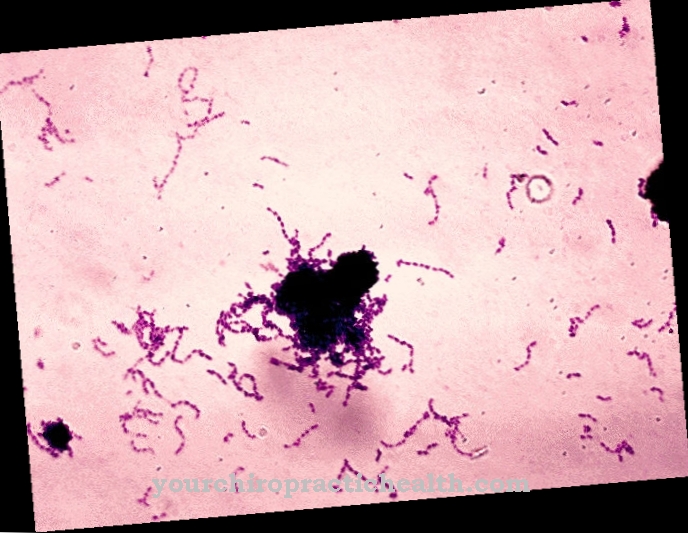

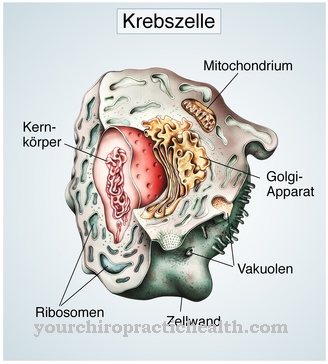


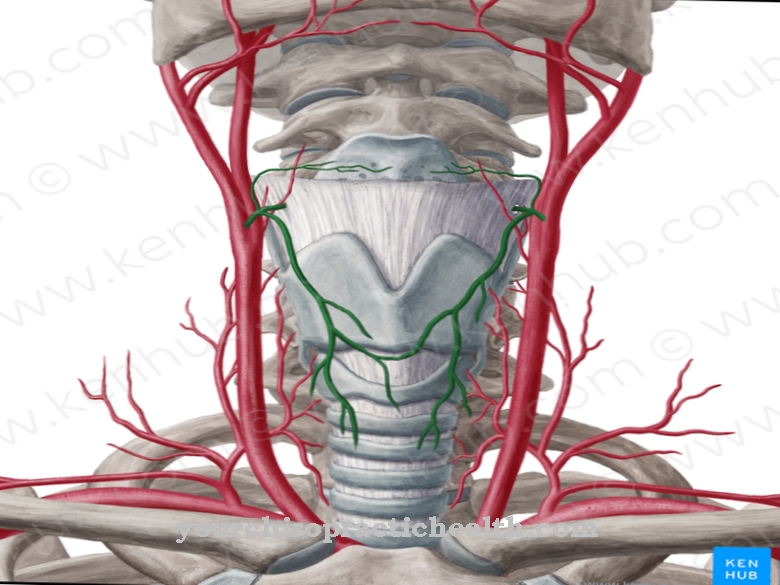
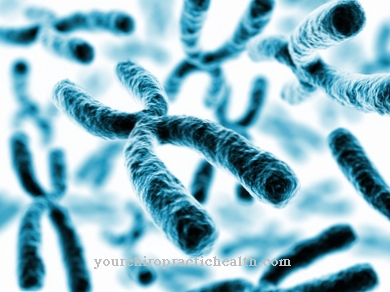
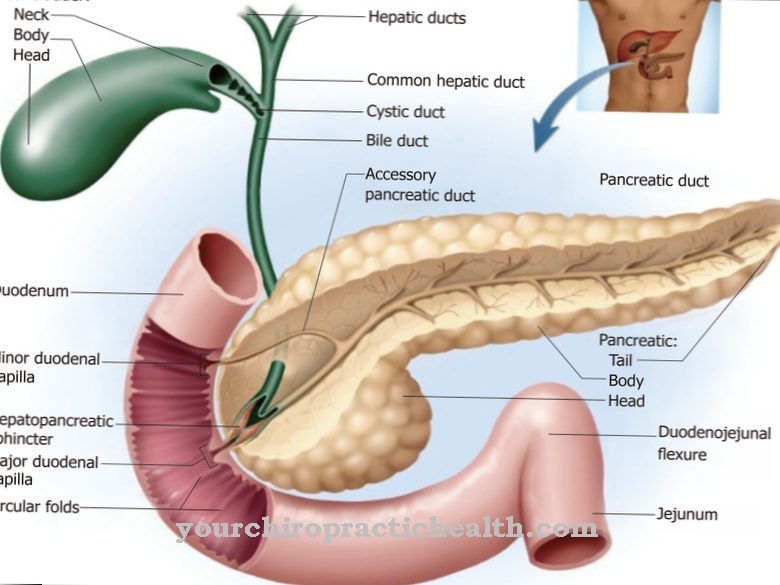






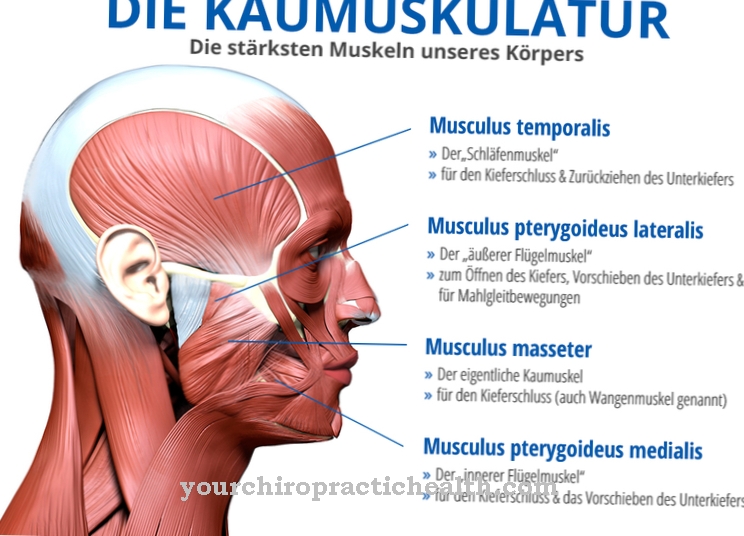



.jpg)
